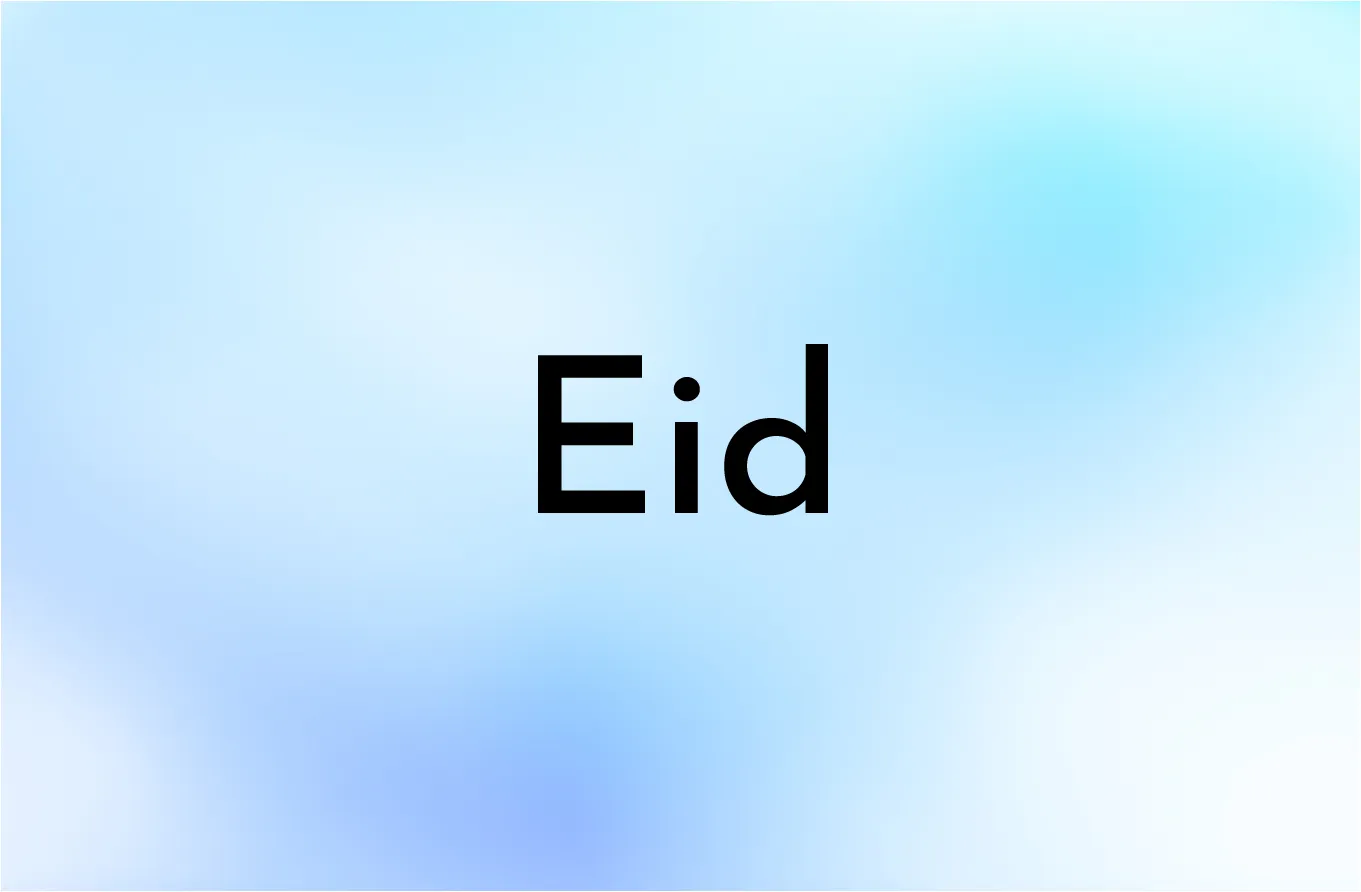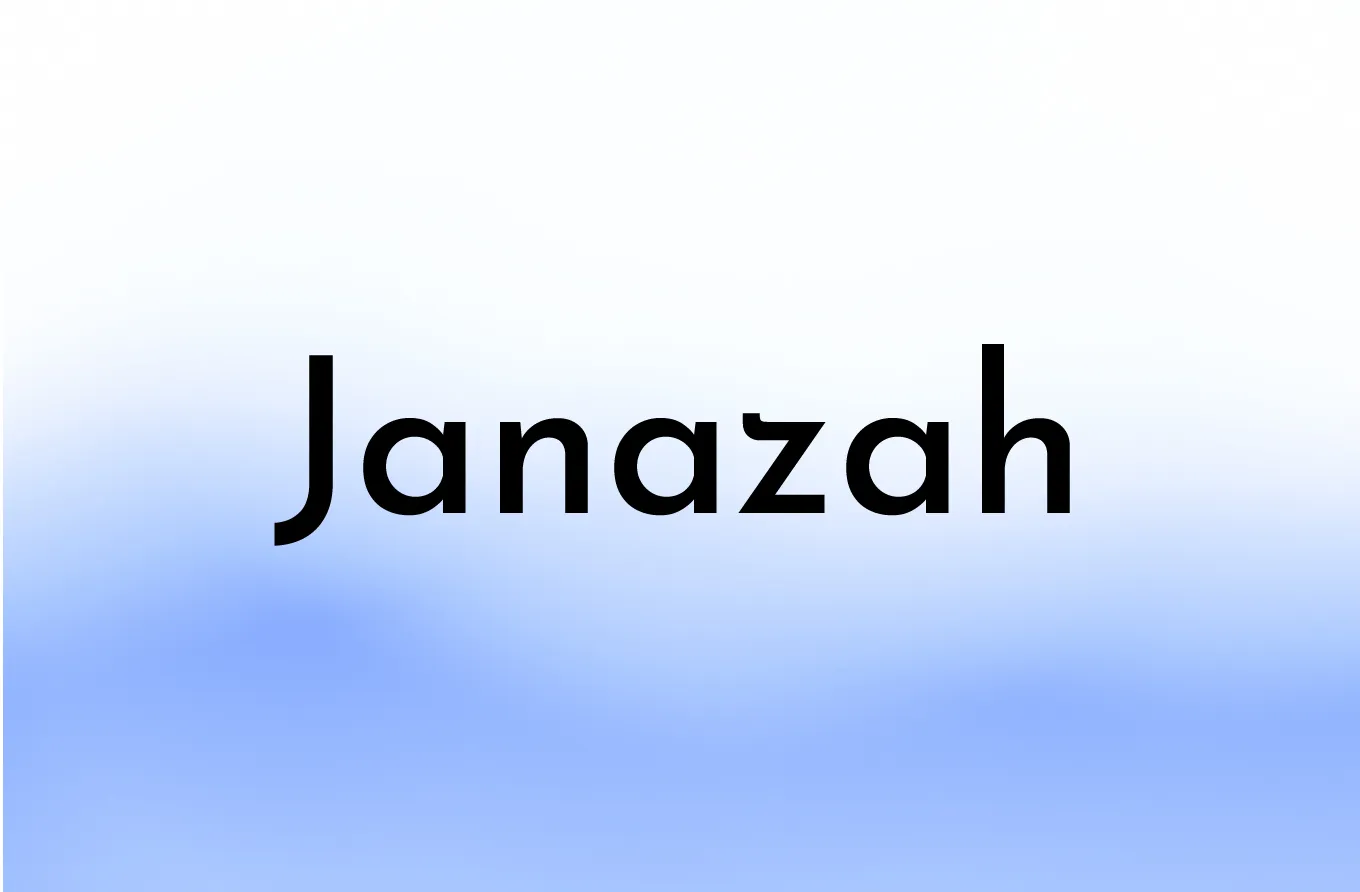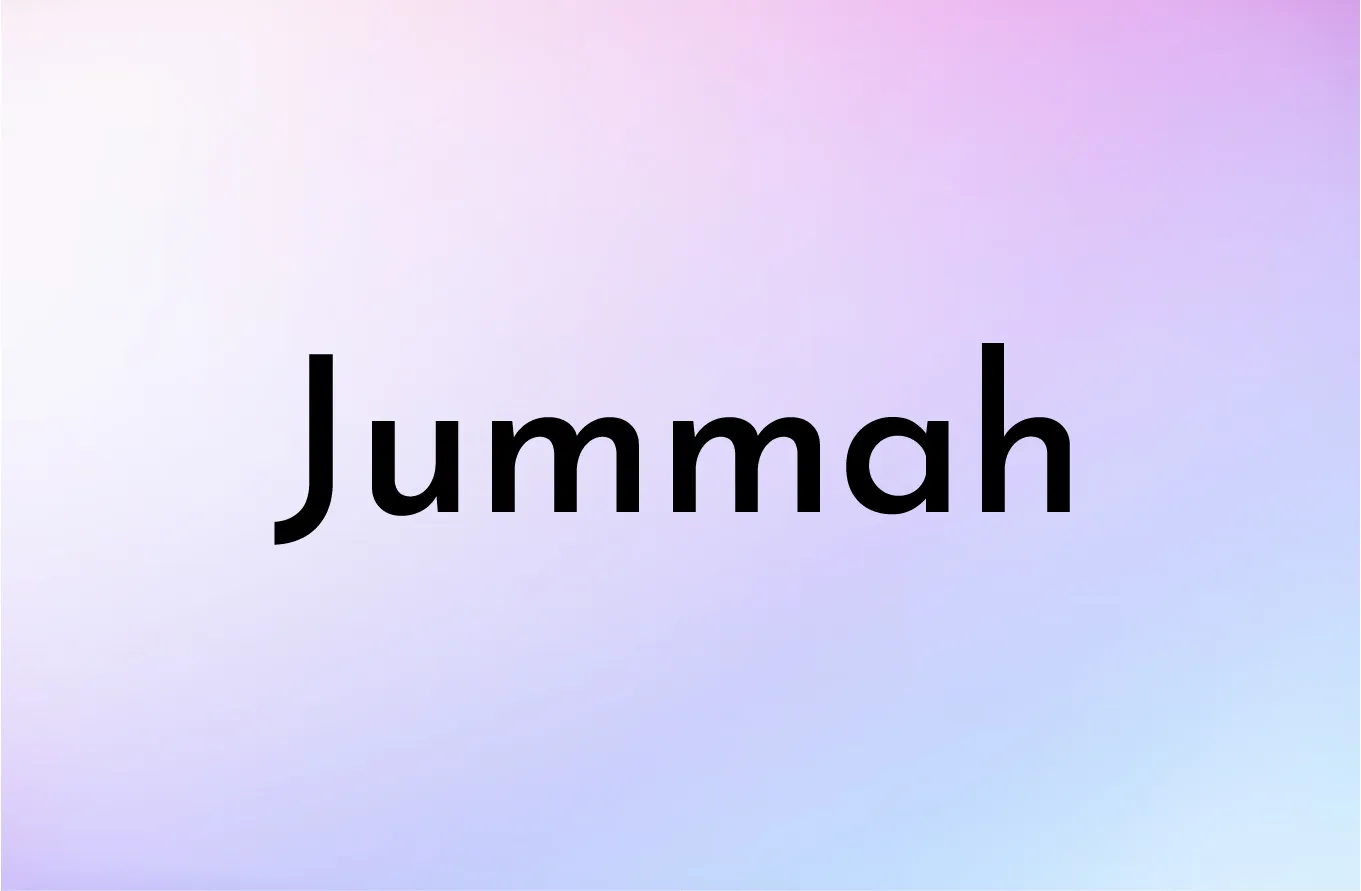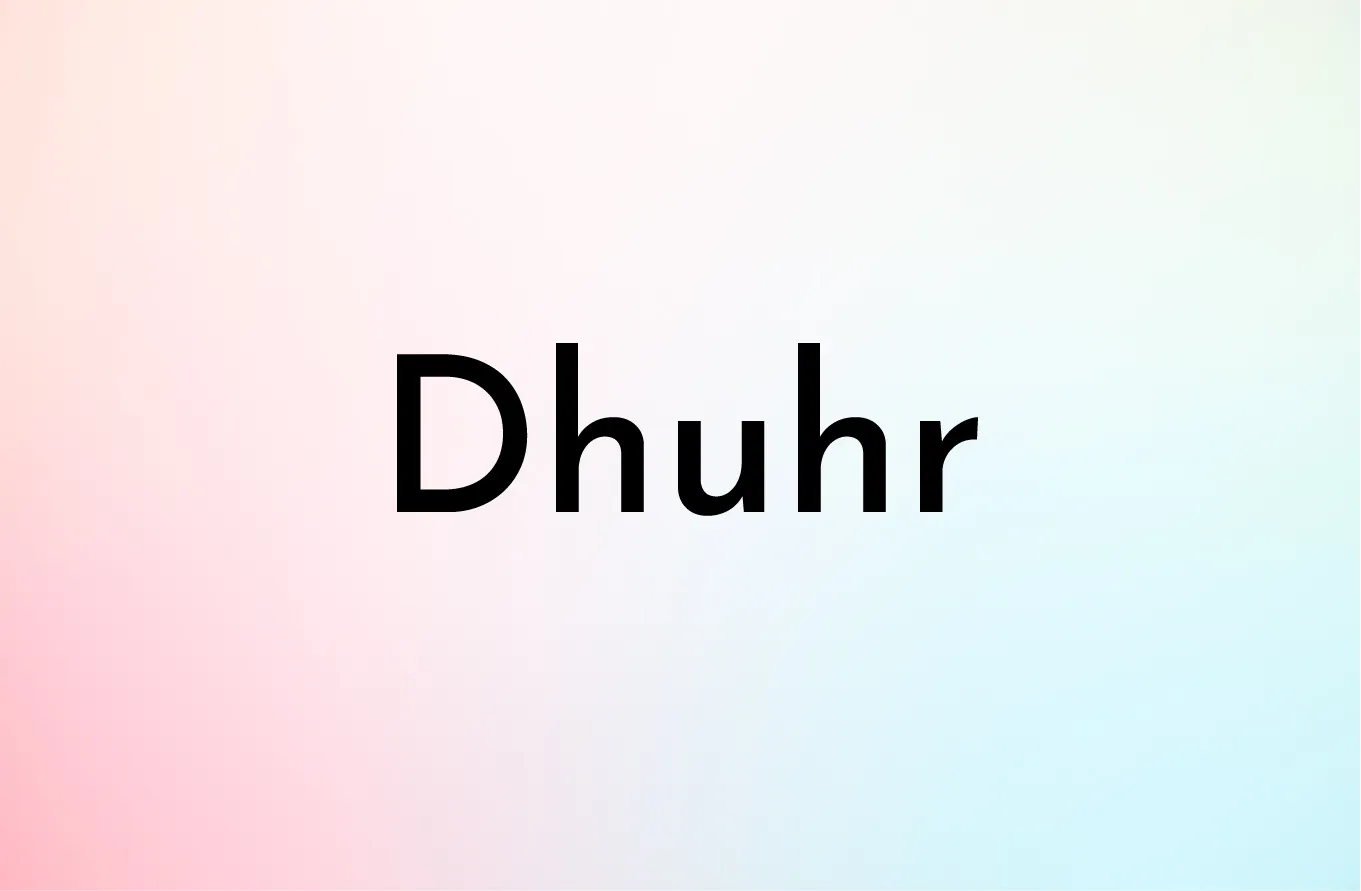How to pray Isha Prayer
The Isha prayer is the fifth and final of Islam's five daily prayers (Salah). The term "Isha" in Arabic means "night," thus, this prayer is performed during the night time after the twilight has faded.
The Isha prayer consists of four Fard (obligatory) rakats, four Sunnah (recommended, but not compulsory) rakats at the beginning, two Sunnah rakats after the Fard rakats, and then three optional Witr rakats.
Isha’s prayer begins when the twilight after sunset has completely disappeared, the sky is completely dark, and the stars have appeared, and lasts until the middle of the night (halfway between sunset and sunrise). In some schools of thought, the time for Isha extends until the time for Fajr (the pre-dawn prayer) begins.
As with all prayers in Islam, the Isha prayer is a means of strengthening and maintaining a direct line of communication between the believer and Allah and serves as a way to seek His guidance, ask for His forgiveness, express gratitude to Him, and remember Him amidst the routine of daily life.
The Isha prayer consists of four Fard (obligatory) rakats, four Sunnah (recommended but not compulsory) rakats, and three Witr rakats. Here is a simplified step-by-step guide on how to perform the Isha prayer:
.
Start with Four Sunnah Rakats: These are non-compulsory but highly recommended. The procedure is the same as any other prayer: Stand to pray, perform the Takbeer, recite Surah Al-Fatiha and another Surah, and Perform the Ruku (bowing) and Sujood (prostration) as usual. Complete your prayer with Tashahhud, Salutations, and Tasleem.
2. Four Fard Rakats: The procedure is the same as the Sunnah Rakats, but these are obligatory. Recite Surah Al-Fatiha and another Surah in the first two Rakats and only Surah Al-Fatiha in the last two. Remember to sit for Tashahhud after the second Rakat, then stand for the third and fourth Rakats.
3. Two Sunnah Rakats after Fard: These are also non-compulsory but highly recommended. The procedure is the same as for the first two Sunnah Rakats.
4. Three Witr Rakats: Begin intending to perform the Witr prayer, then complete the Takbeer. Recite Surah Al-Fatiha and another Surah. After this, perform the Ruku and two Sujood as usual. Stand up for the second Rakat, recite Surah Al-Fatiha and another Surah, then perform Ruku and two Sujood again. Stand up for the third Rakat, recite Surah Al-Fatiha and another Surah. After this, say "Allahu Akbar," but instead of going into Ruku, raise your hands to your ears, fold your right hand over your left hand, then recite Du'a-e-Qunoot (a special supplication). After the supplication, perform Ruku and Sujood as usual. Finally, sit for Tashahhud, Salutations, and end your prayer with Tasleem.
This is a simplified guide, and there might be slight variations in how Muslims perform the Isha prayer depending on their school of thought (Madhab) within Islam. It's always a good idea to consult with a local religious scholar if you're unsure about the specific procedures for prayer in your tradition.
Like all of the five daily prayers in Islam, the Isha prayer provides multiple spiritual, psychological, and physical benefits. Here are some of the benefits of performing the Isha prayer:
1. Fulfilling Allah's Command: Muslims fulfill a divine commandment by performing the Isha prayer and completing their five daily prayers, one of Islam's Five Pillars.
2. Nightly Reflection: The Isha prayer offers a moment of quiet reflection and spirituality at the end of the day. It's a time to contemplate the day's events, seek forgiveness for any wrongs committed, and make improvement plans.
3. Spiritual Connection: Like other prayers, the Isha prayer helps to foster a strong spiritual connection with Allah. This connection is vital for maintaining faith and a sense of purpose in life.
4. “Whoever offers Isha salah in jama’ah it is as though he spent half the night in worship. And whoever offers fajr salah in jama’ah it is as though he spent the entire night in worship.” (Jami` at-Tirmidhi 221)
5. If you offer Isha prayer, Allah will reward you for a half-night worshiping Allah. It is a great blessing for you. So, make sure never to miss the Isha prayer.
6. Try to make more dua’s after the Isha prayer; Allah listens to dua’s and will shower His blessings on you.
7. If you pray before sleep, you have a more peaceful night. So, try to offer Isha prayer regularly.
8. Promotes Discipline: Regular prayer, including the Isha prayer, instills discipline, punctuality, and time-management skills.
9. Physical Movement: The physical postures in the Isha prayer contribute to a form of moderate exercise and helps to maintain flexibility and posture.
10. Promoting Peace and Tranquility: The Isha prayer, performed just before sleep, can bring peace and tranquility. It can help clear the mind, alleviate stress and anxiety, and prepare one for a good night's sleep.
11. Reward from Allah: According to Hadiths (sayings and actions of Prophet Muhammad, peace be upon him), praying Isha in the congregation multiplies the rewards.
12. Social Benefits: If performed in a mosque, the Isha prayer provides a chance for community gathering and social interaction, fostering a sense of unity and brotherhood among Muslims.
13. Moral and Ethical Reminder: Praying constantly reminds us of our moral and ethical responsibilities as Muslims.
Remember, the primary purpose of any prayer in Islam, including Isha, is the worship of Allah. All other benefits, while important, are secondary to this main objective.
The Isha prayer is the last of the five daily prayers in the Islamic day, and its time begins when the red twilight (the redness left in the sky after the sun sets) disappears. This is usually when the sky is completely dark, and the stars are clearly visible, marking the beginning of the night.
The ending time for the Isha prayer is before the Fajr prayer, the pre-dawn prayer. In other words, you can pray Isha anytime throughout the night, up until just before the break of dawn.
However, according to some Islamic scholars and schools of thought, it is preferable to pray Isha before midnight (midnight here refers to the halfway point between sunset and the next sunrise, not necessarily 12:00 on the clock).
As always, the exact timing for the Isha prayer may vary based on your geographic location and the specific time of year. It's recommended to use a reliable prayer timetable or Islamic app that considers these factors to provide accurate prayer times.
The Isha prayer consists of 17 total units (rak'ahs) that can be divided into several categories:
1. Four Sunnah Rak'ahs (non-compulsory): These are performed before the obligatory part of the prayer. They are recommended but not compulsory.
2. Four Fard (obligatory) Rak'ahs: These are the mandatory part of the prayer that every adult Muslim must perform.
3. Two Sunnah Rak'ahs (non-compulsory): These are performed immediately after the obligatory part of the prayer.
4. Two Nafl (voluntary) Rak'ahs: These are additional voluntary rak'ahs that can be performed after the Sunnah rak'ahs.
5. Three Witr Rak'ahs: The Witr prayer is usually performed after the Nafl rak'ahs and is considered highly recommended, carrying a special significance.
6. Two Nafl Rak'ahs (voluntary): Additional rak’ahs can be performed after the Witr prayer.
While only the four Fard Rak'ahs are strictly compulsory, the additional Sunnah and Nafl prayers are highly recommended and add to a believer's reward.
Please note that there can be slight variations in the number of rak'ahs based on different schools of thought within Islam. It's always a good idea to consult with a local religious scholar or trusted religious source if you're unsure about the specific practices within your tradition.
Related Posts
0 Comments
Recent Posts

How To Pray Salat Al-Duha?
Salat Al-Duha: Salat al-Duha, also known as Duha prayer, is a voluntary Isla...
Sun 06, 2023

How to Pray Eid Salah (Namaz)?
Eid Prayer: The Eid prayer is a special prayer that Muslims perform to mark...
Sun 06, 2023

How to pray Salat al-Janazah?
Salat al-Janazah: Salat al-Janazah, also known as the funeral prayer, is a p...
Sun 06, 2023



